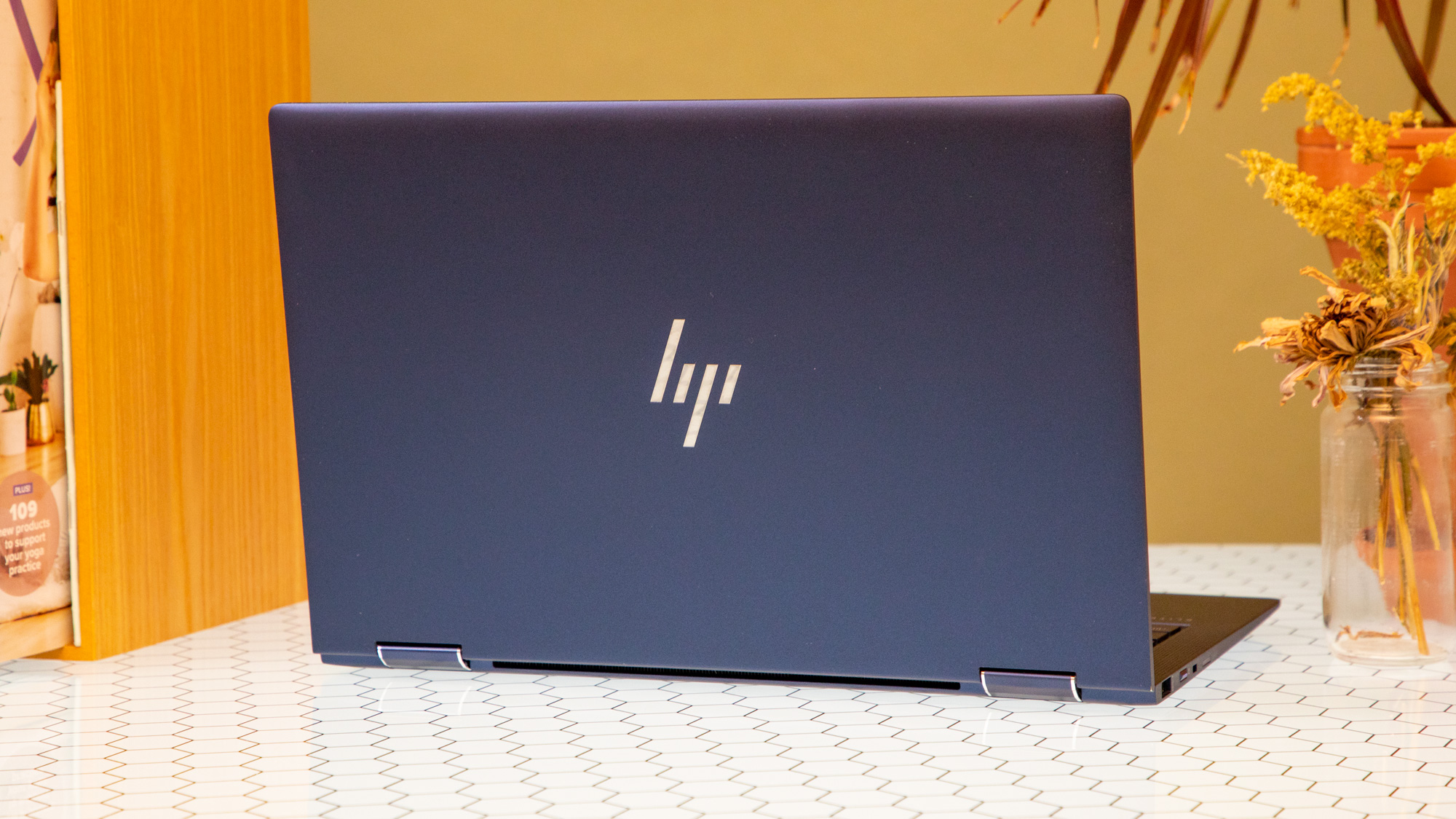Asus just revealed a slew of new gaming laptops — here's what you need to know
New Intel and AMD CPUs get matched up with the latest GeForce GPUs
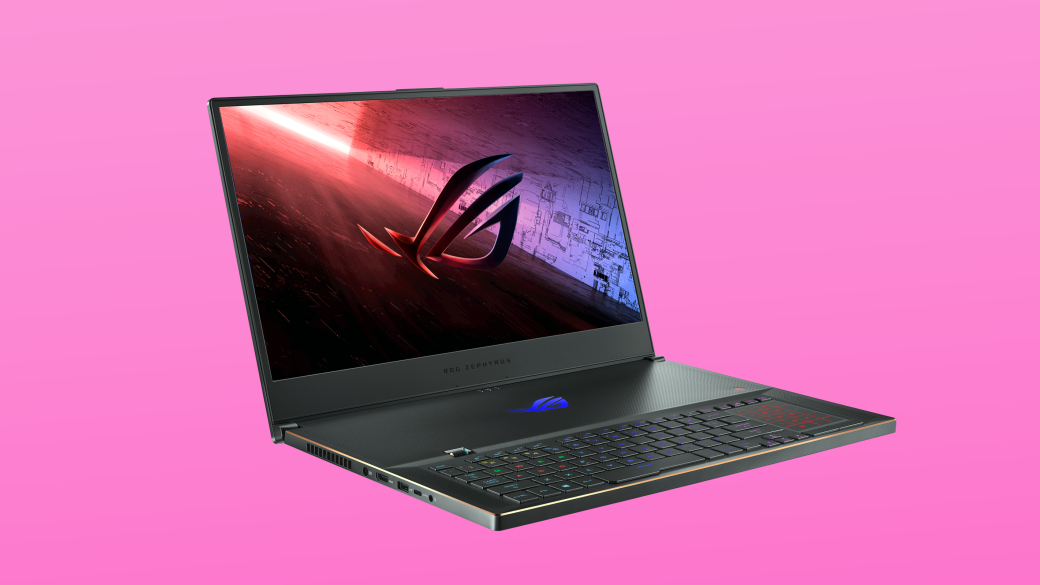
Asus just unveiled a bumper crop of new and refreshed ROG laptops set to go on sale this year, bringing some new competition to the market's best gaming laptops.
The big news here is that these laptops all pair the latest Intel 11th Gen Tiger Lake and AMD Ryzen 5000 series CPUs with, on most models the latest Nvidia GeForce RTX 30-series GPUs.
- These are the best laptops you can buy
- The best microphones for gaming, streaming and podcasting
- Plus: Nvidia GeForce RTX 3080 stock is coming — with a crypto mining limiter
However, Asus has been vague so far about which specific next-gen chips will be used in some laptops and configurations — possibly a reflection of ongoing uncertainty over stock caused by the current chip shortage.
Here's a quick overview of what's notable about this latest round of Asus gaming laptops. For more details on pricing and availability, check out the Asus Asus website.
ROG Zephyrus G14 (2021)
The Asus ROG Zephyrus G14 is our top gaming laptop pick, and now it's being updated to include the latest AMD Ryzen 9 5000 series CPUs (up to the Ryzen 9 5900HS) paired with the latest Nvidia GeForce GPUs.
Asus actually lowered the advertised battery life on the G14 to a (still respectable) 10-plus hours, down from the 11-plus we praised in our review of last year's G14 with Ryzen 9 4000-series chips. Storage-wise, the G14 will be configurable with up to 32GB of DDR4 RAM and an NVMe SSD up to 1TB in size.

The new G14 will also have a configurable display capable of Adaptive Sync, with options to get up to a 1440p 120Hz screen or a 1080p 144Hz screen. Like all of Asus' new laptops it will incorporate Dolby Atmos technology for improved sound quality.
Sign up to get the BEST of Tom's Guide direct to your inbox.
Get instant access to breaking news, the hottest reviews, great deals and helpful tips.
The port selection is respectable, with 2 USB-C ports (one with DisplayPort 1.4 support), 2 USB-A ports, an HDMI port and a mic/headphone jack.
Notably, you can configure the G14 to include Asus' AniMe Matrix, a customizable LED-lit display built into the back of the lid. If you splurge for the AniMe Matrix, the laptop ships with software to let you customize simple images and animations that display in a diagonal section of the lid embedded with LEDs.
ROG Flow x13
Asus' new ROG Flow x13 is a 13.4-inch 2-in-1 laptop that's built for performance, sporting an external GPU with a proprietary connector that Asus claims is faster than Thunderbolt 4.
The pitch here is simple: carry the 2.9-pound laptop for daily work and play, flipping between notebook and tablet mode as needed, then plug the portable into the external GPU setup when you get home to access more power for serious gaming.
The ROG Flow x13 will ship with your choice of either a Ryzen 9 5980HS or Ryzen 9 5900HS CPU and an Nvidia GeForce GTX 1650 GPU. With these CPUs, Asus claims the ROG Flow x13 should be able to last up to 11 hours on battery power, and it further claims that the included charger can power the laptop up to 50% in 30 minutes.
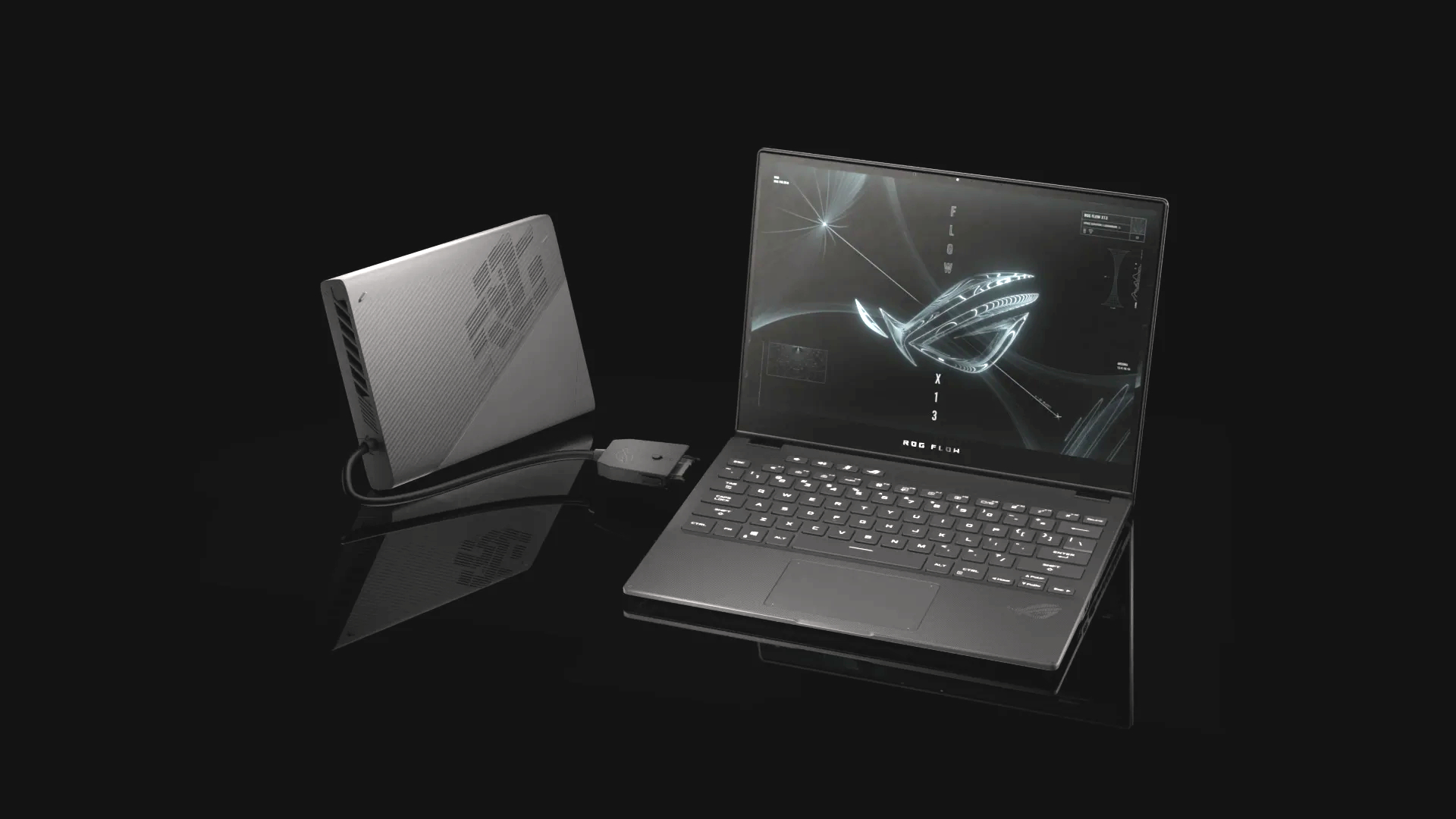
Customers will have the choice of customizing it with either a 1080p 120Hz display or a 4K 60Hz touchscreen, and both options will come in a 16:10 aspect ratio with Gorilla Glass and 0.2-inch side bezels.
The laptop will also be customizable with up to 32GB (2 x 16GB) of LPDDR4X 4266MHz RAM, and the onboard SSD comes in either 512GB or 1TB versions. It also includes Dolby Atmos technology to make the sounds coming out of its 2 speakers sound a bit richer.
As far as connectivity goes, you can expect the ROG Flow x13 to have 1 USB-A port, 1 USB-C port, a proprietary jack for the external GPU hook-up, an HDMI port and a headphone jack. The laptop will also support Wi-Fi 6 and Bluetooth 5.
ROG Strix G 15/17
Built to appeal to game enthusiasts, Asus' new 15-inch and 17-inch Strix G laptops are pitched as eSports machines that can be customized with the latest Nvidia or AMD GPUs and loads of RAM.
Specifically, both sizes can be equipped with up to 64GB of 3200MHz DDR4 RAM and up to a 1TB dual SSD. They support Wi-Fi 6 and come with one USB-A port, a USB-C port, an HDMI port, a headphone/mic jack and an Ethernet port for jacking into a wired connection.
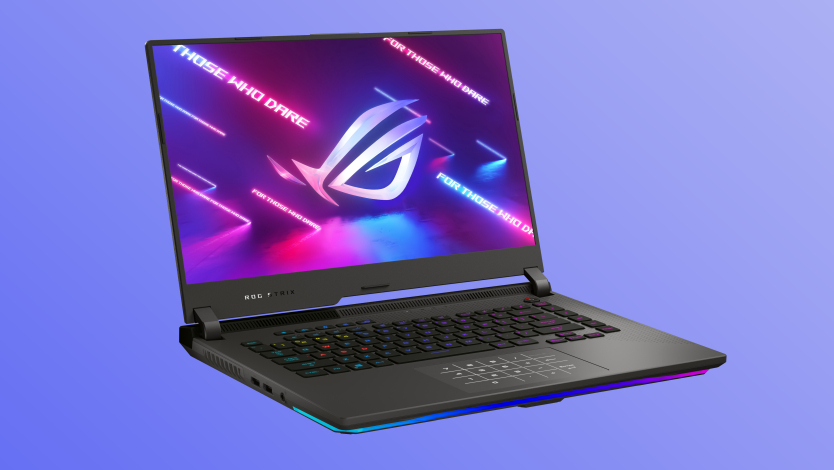
The Strix G also sports a display optimized for high refresh rates — buyers can choose between either a 1440p WQHD 165Hz or a 1080p FHD 300Hz screen, both of which support Adaptive Sync to reduce screen tearing.
Of course, a laptop marketed at the eSports market wouldn't be complete without a bunch of built-in RGB lights and some colorful paint jobs. The Strix appears to be no slouch in this department, as Asus says it will ship with an improved RGB light bar and come in three color options: Grey, Red, and Electro Punk.
Asus TUF Gaming 15/17 (2021)
Aimed squarely at durability enthusiasts, the 2021 editions of Asus' rugged TUF Gaming 15- and 17-inch laptops will be configurable with Intel's latest octa-core CPUs and GPUs up to the Nvidia GeForce RTX 3060.
The notable thing about these laptop chassis is that Asus claims they're subjected to a battery of toughness tests to ensure they can survive heavy shaking, short drops, and temperature swings. The 2021 models will ship with up to 32GB of DDR4 RAM and an NVMe PCIe SSD that's up to 1TB in size, along with a spare SSD slot for storage upgrades.
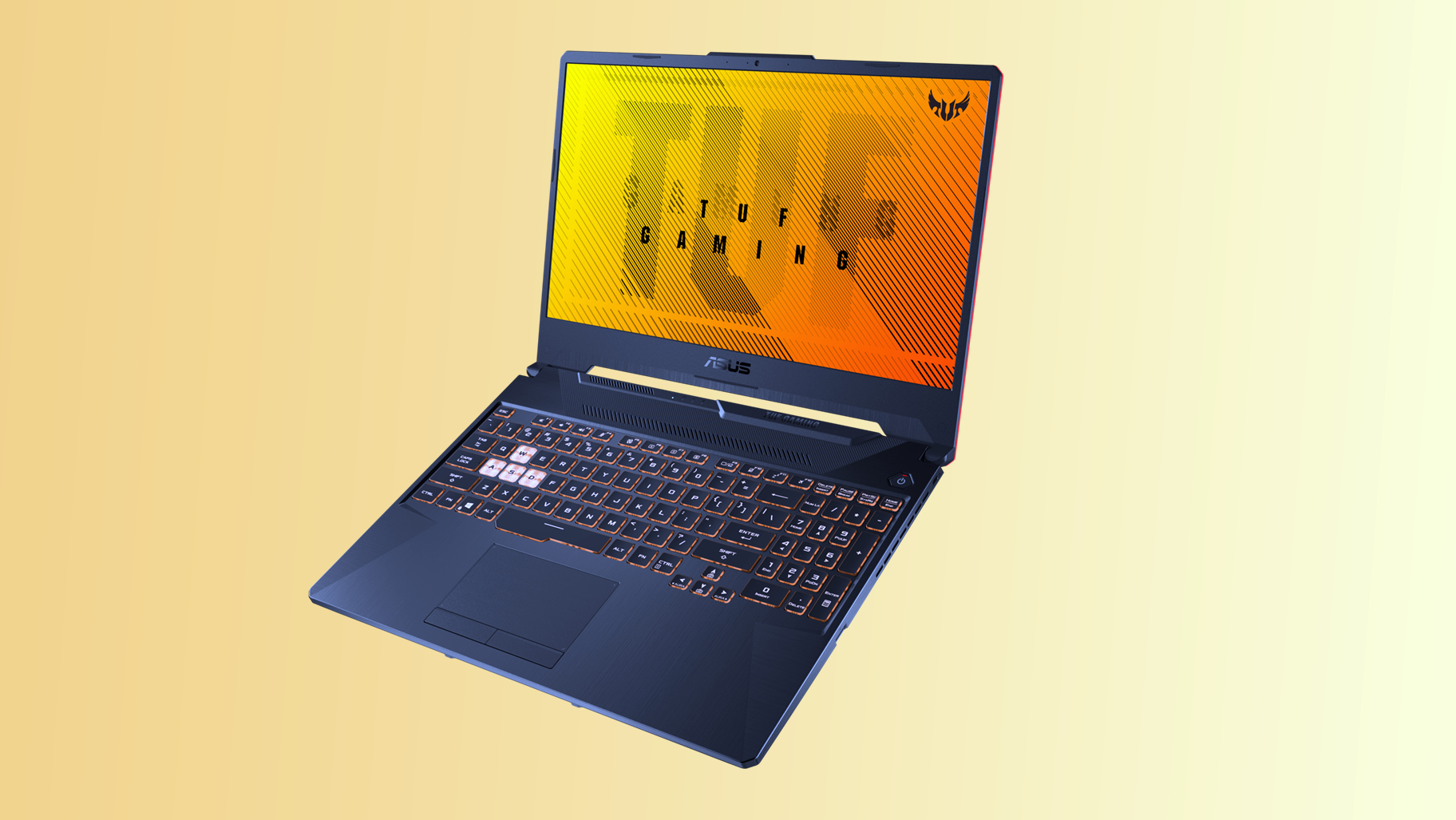
In terms of the display, the 2021 TUF Gaming laptops will sport 1080p 144Hz screens with Adaptive Sync, which is to be expected these days in a laptop geared for games. They'll also have an Ethernet port for connecting to wired Internet, as well as 2 USB-A ports, 1 USB-C port, 1 HDMI port, and a microphone/audio jack.
Asus TUF Gaming A15/17 (2021)
Just like their Intel-equipped cousins, Asus' TUF Gaming A15 and A17 laptops will be refreshed in 2021 to offer configurations sporting the latest AMD Ryzen 5000 CPUs and Nvidia GPUs. If you prefer AMD over Intel, these are the rugged gaming laptops to look at.
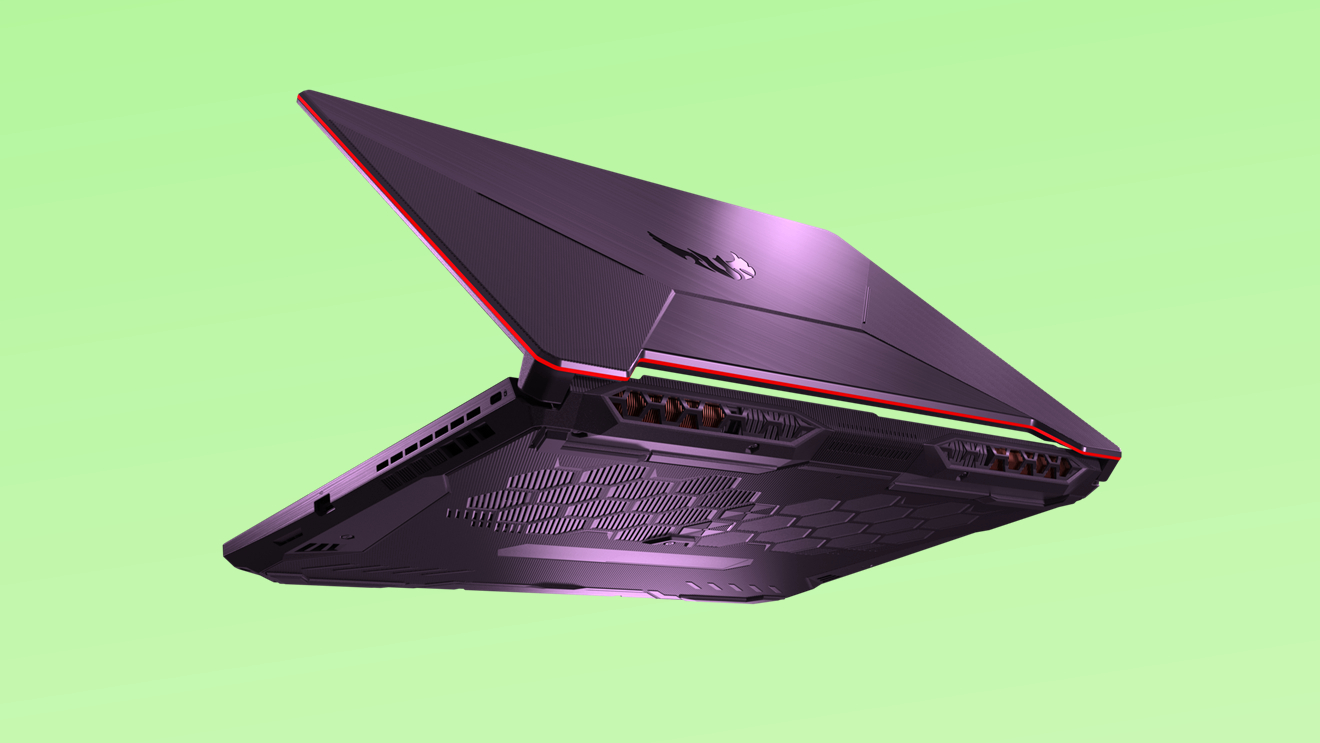
These 15- and 17-inch notebooks are otherwise identical to their refreshed Intel variants. That means they will also now ship with the same screens and storage options — up to 32GB of DDR4 RAM and an NVMe PCIe SSD up to 1TB large, with a slot for a second SSD as well.
ROG Zephyrus M16
New in 2021, the Zephyrus M16 is Asus' first 16-inch gaming laptop. The big talking point here is the 1440p 165Hz display, which Asus claims to be a 16-inch display fit into a 15-inch chassis.
Asus says the very slim bezels on all sides of the 16:10 display afford you a 94% screen-to-body ratio, which if true would be even better than the very impressive InfinityEdge display (91.5%) on the Dell XPS 13 — one of the best Windows laptops you can buy.
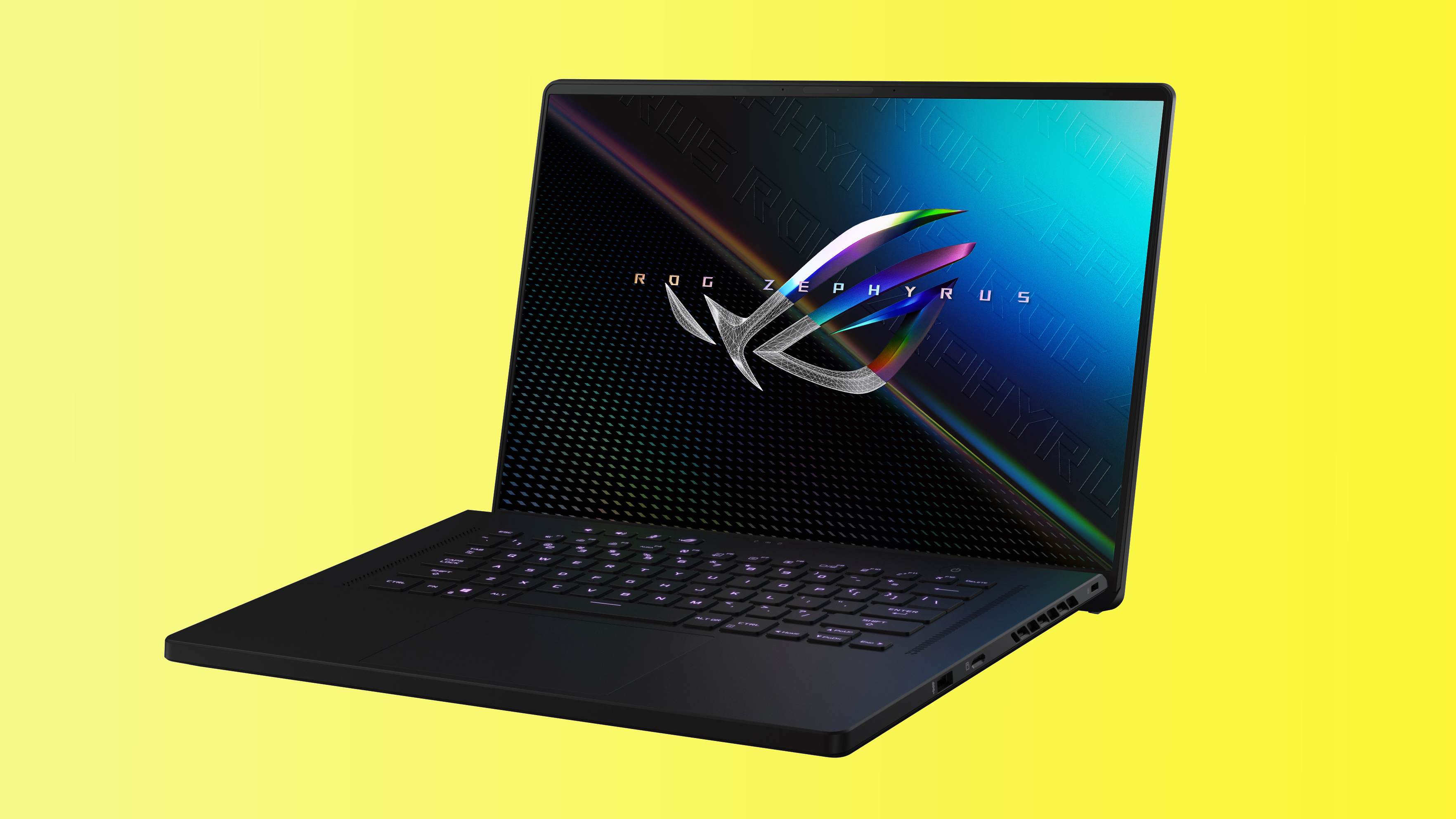
Inside the Zephyrus M16's 4.2-pound chassis will be customizable configurations of next-gen Intel CPUs and an Nvidia GeForce RTX 3060. You can also expect storage configurations of up to 48GB DDR4 RAM and up to a 1TB NVMe SSD with RAID 0 support.
As far as ports go, this new Asus 16-inch will have two USB-C ports, one of which supports Thunderbolt 4, as well as two USB-A jacks and a MicroSD card reader.
ROG Zephyrus S17 (2021)
This year Asus' big 17-inch Zephyrus S17 laptop will be configurable with next-gen Intel CPUs and an Nvidia GeForce RTX 3080 GPU, which should make it more than capable of handling anything you can throw at it.
The larger (though still slim) chassis on the S17 will leave room for configurable storage of up to 32GB DDR4 RAM and up to 3 PCIe SSDs which can be set up in a HyperDrive Ultimate array.

The laptop will ship with a 17-inch G-Sync-capable display configurable with either a 1440p 165GHz screen or a 4K 120Hz screen.
Along the sides you'll find the Ethernet port, a microSD card reader, three USB-A ports, two USB-C ports (one with Thunderbolt 4 support), an HDMI port and an audio jack.
- Check out our Asus VivoBook 15 review
- More: Check out our guide to the best gaming mouse you can buy

Alex Wawro is a lifelong tech and games enthusiast with more than a decade of experience covering both for outlets like Game Developer, Black Hat, and PC World magazine. A lifelong PC builder, he currently serves as a senior editor at Tom's Guide covering all things computing, from laptops and desktops to keyboards and mice.
